Japanese Tattoo Ideas
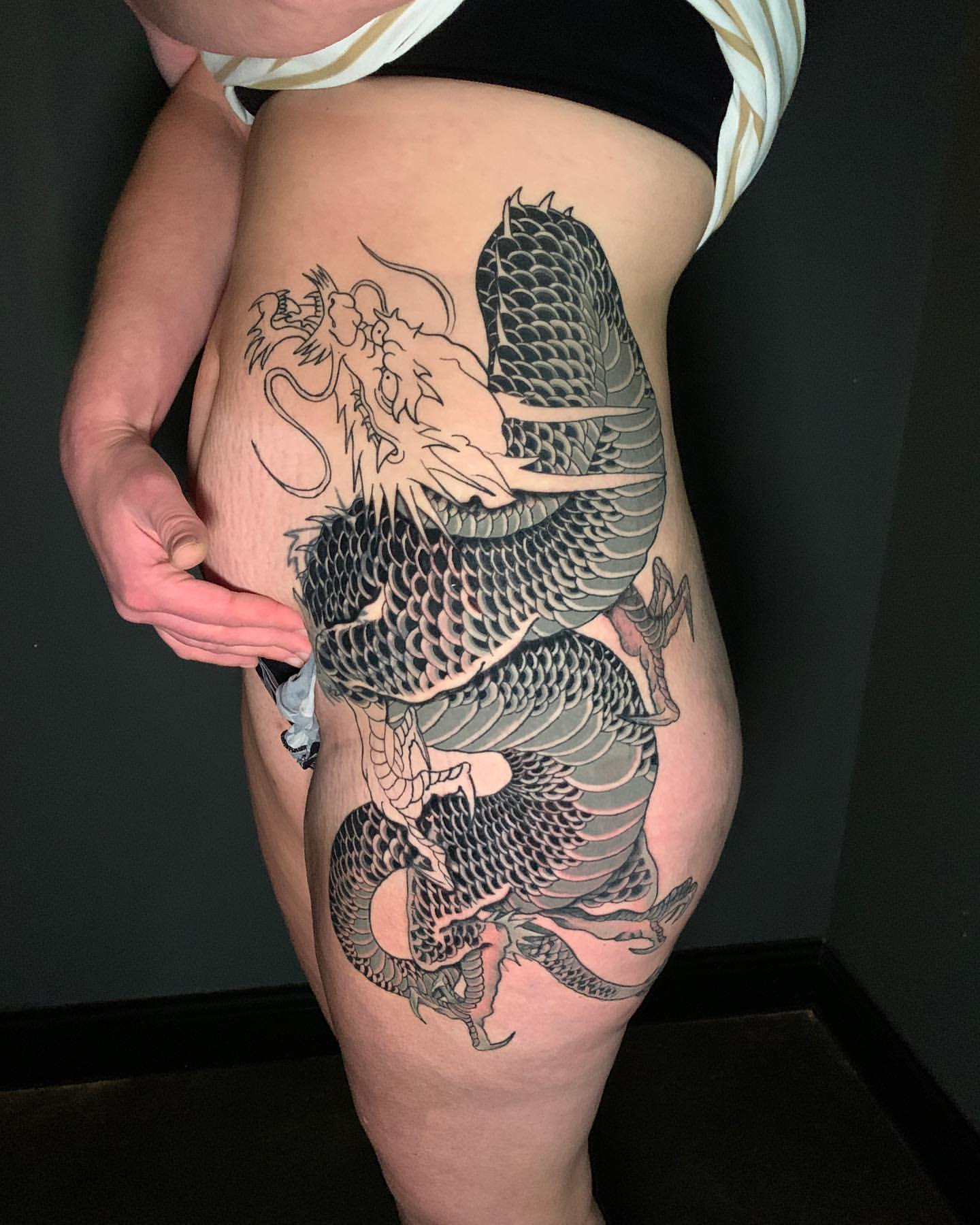
Looking for some unique tattoo inspiration? Look no further than Japanese tattoo ideas. Dive into the fascinating world of traditional Japanese art and culture with these intricate and symbolic designs. From cherry blossoms to koi fish, dragons to geishas, Japanese tattoos offer a rich tapestry of imagery that is both visually stunning and deeply meaningful. Whether you’re seeking a small and subtle piece or a full-body masterpiece, explore the endless possibilities of Japanese tattoo ideas and embark on a personal journey of self-expression.
Beautiful Japanese Tattoo Ideas (Pin Pics Please)

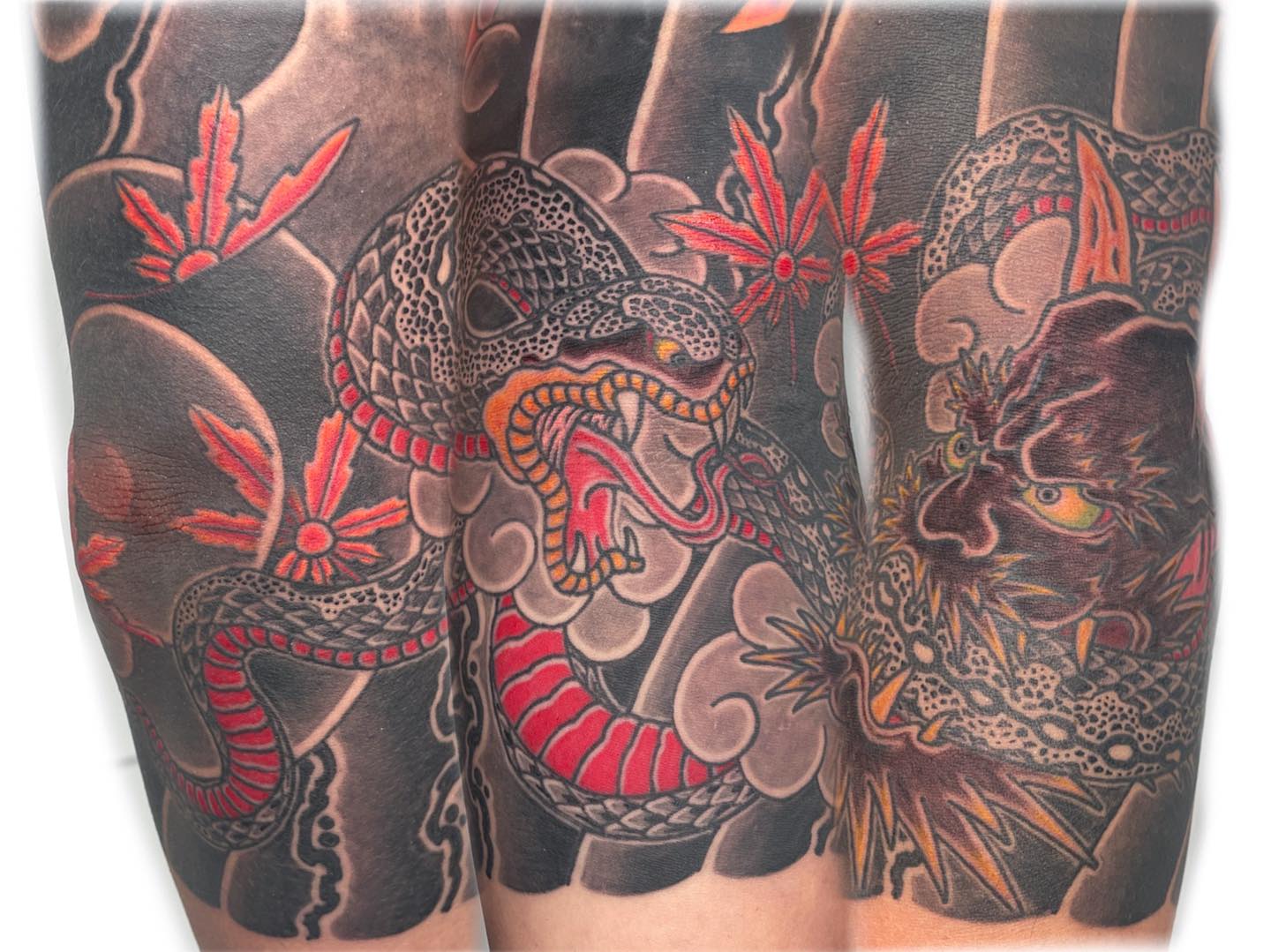
The History of Japanese Tattoos
Understanding Irezumi
irezumi, which translates to “inserting ink,” refers to the traditional art of Japanese tattooing. This ancient form of body art has a rich history that dates back thousands of years. Initially practiced by indigenous Ainu people, tattoos in Japan evolved alongside the country’s cultural and social transformations.
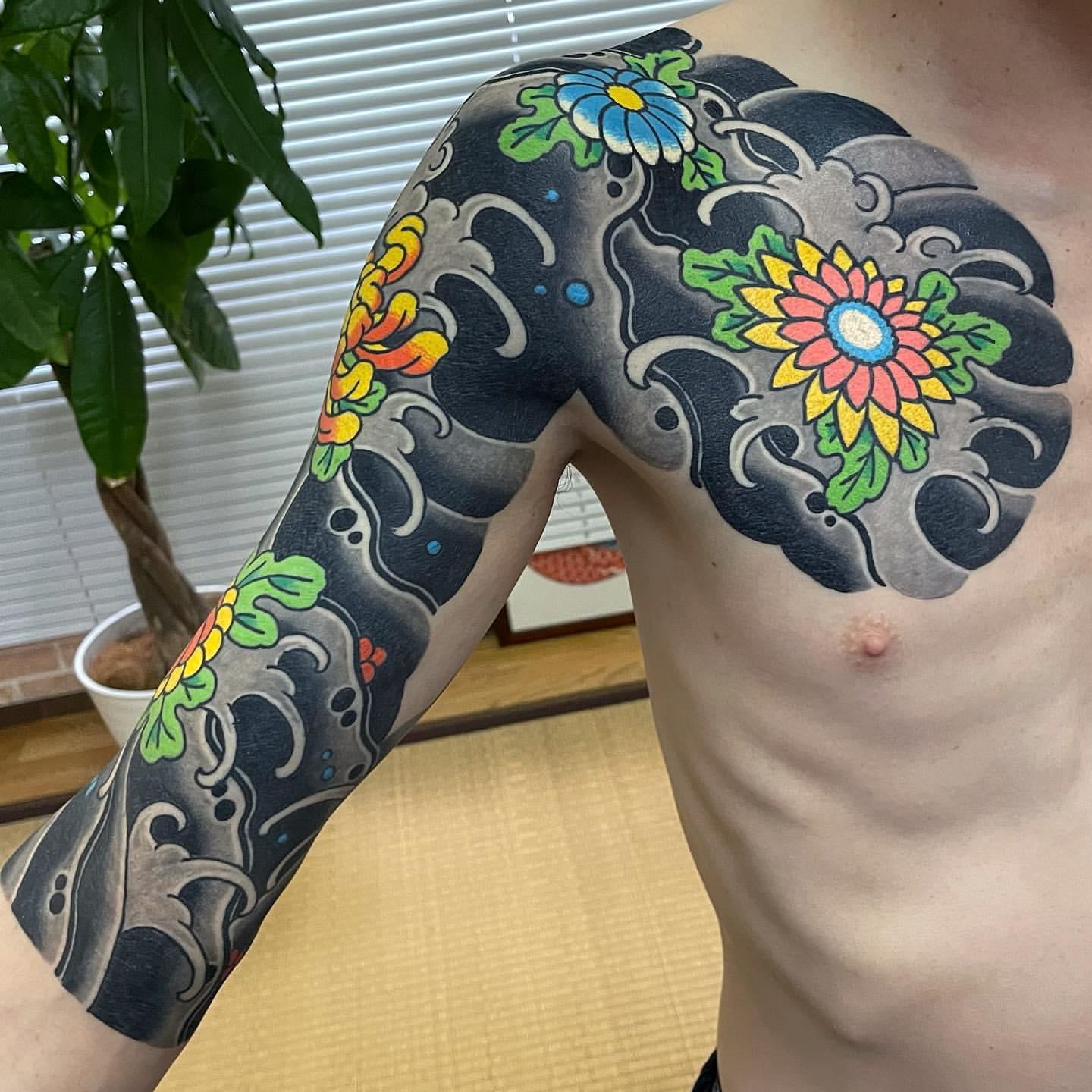
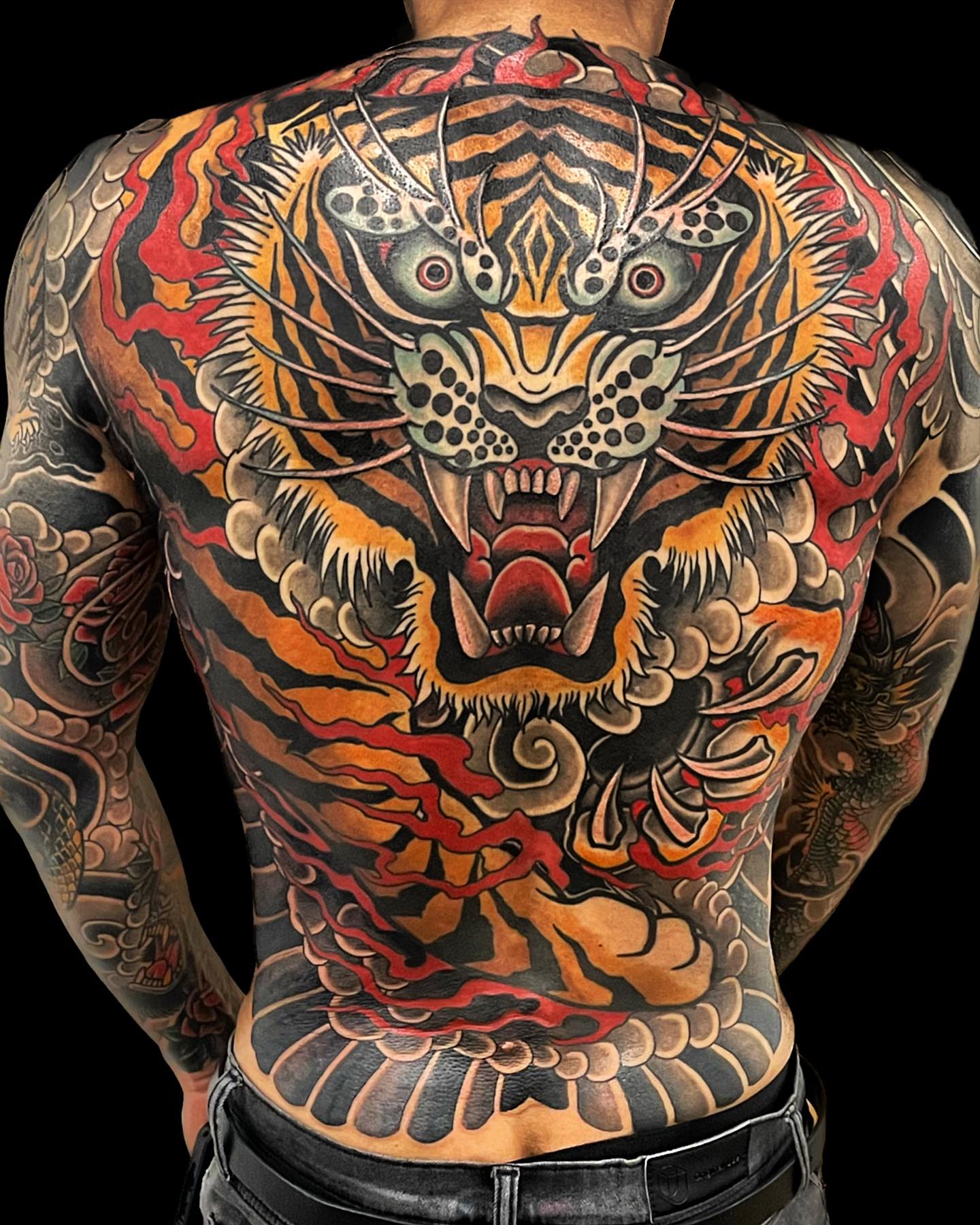
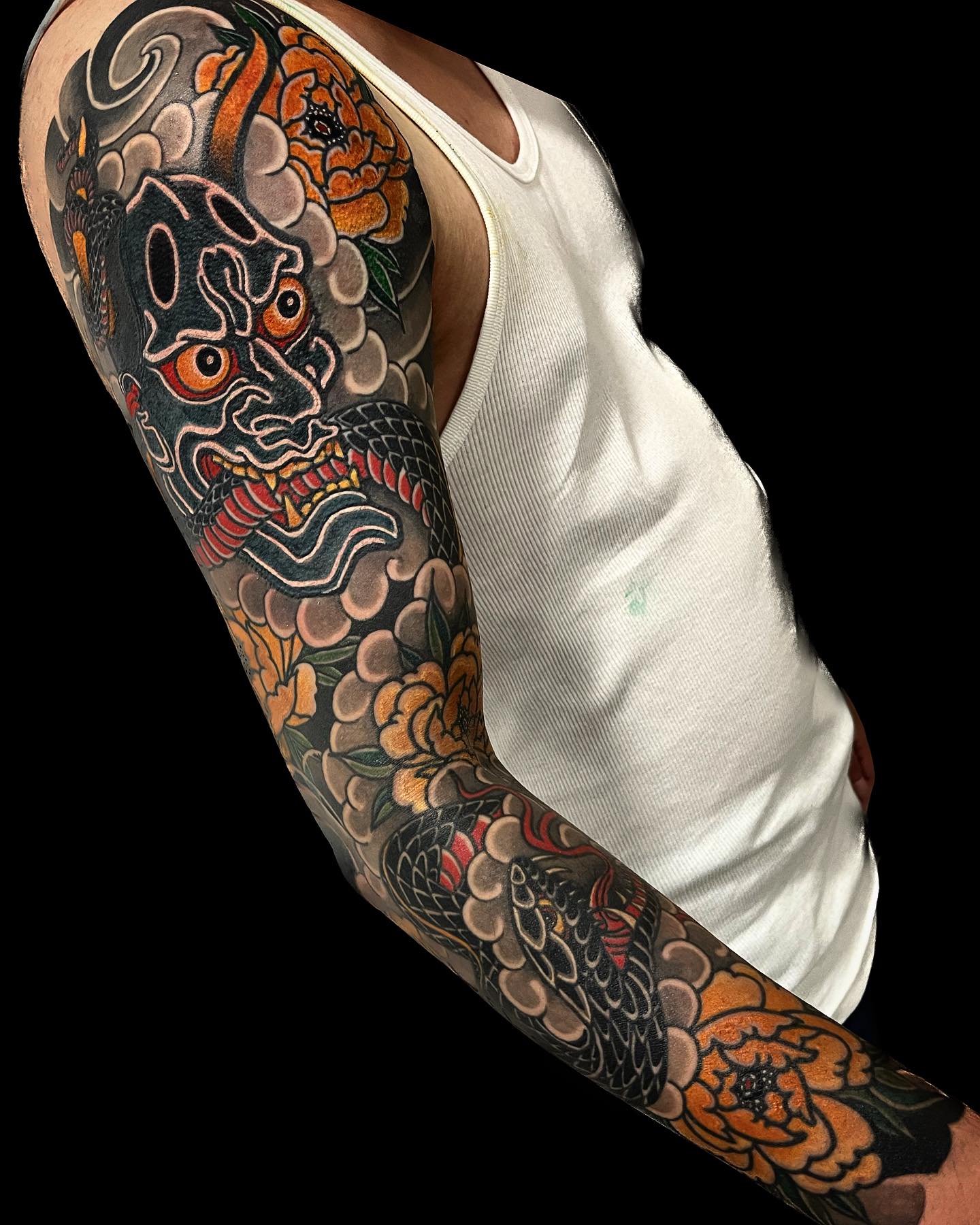
Historical significance of tattoos in Japan
In ancient Japan, tattoos held great cultural and spiritual significance. They were often used as a mark of social status, denoting a person’s rank or occupation. Warriors would adorn their bodies with intricate tattoos to symbolize their bravery and protect themselves in battle. Tattoos also played an important role in religious and spiritual rituals, representing devotion to deities or serving as talismans for protection.
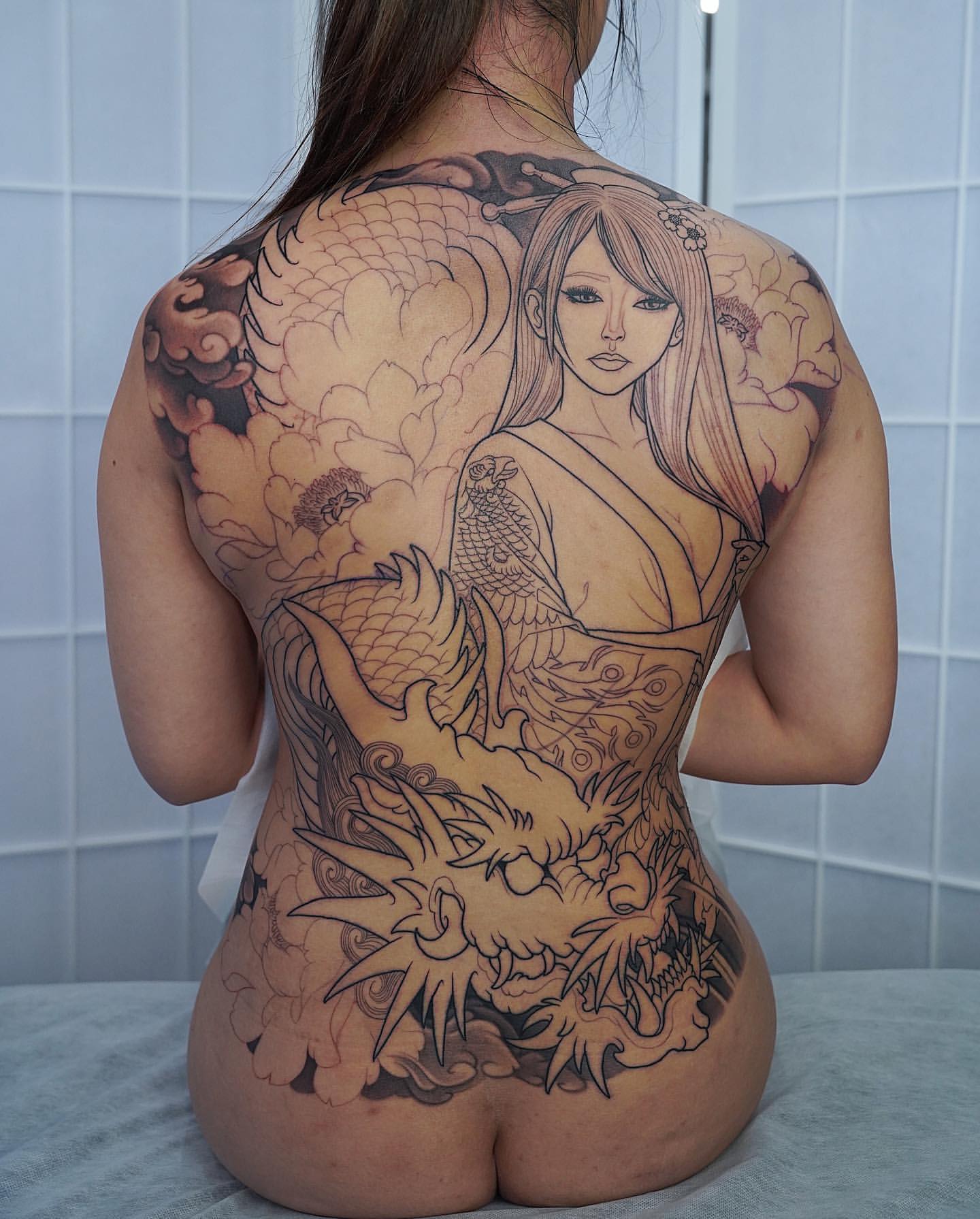
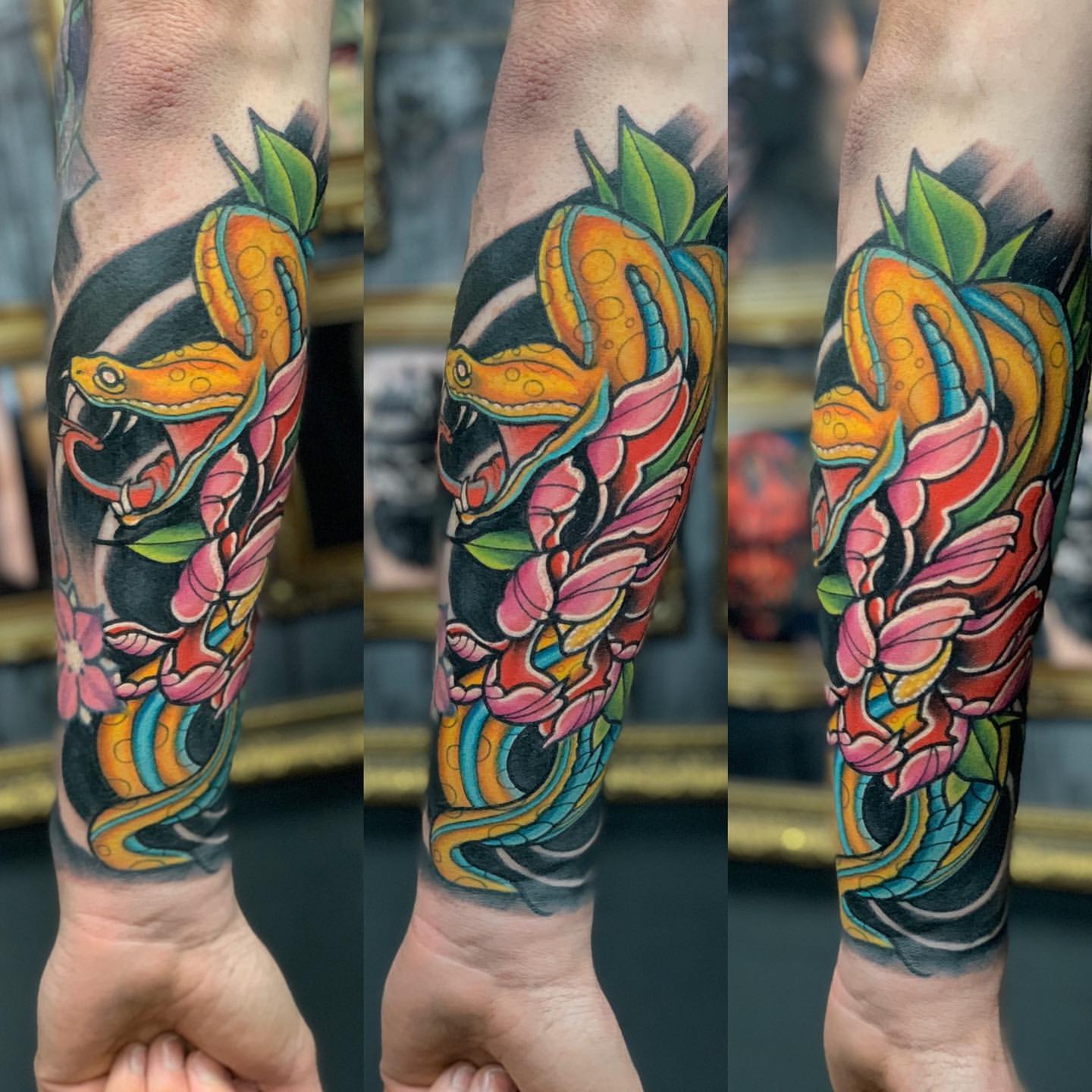
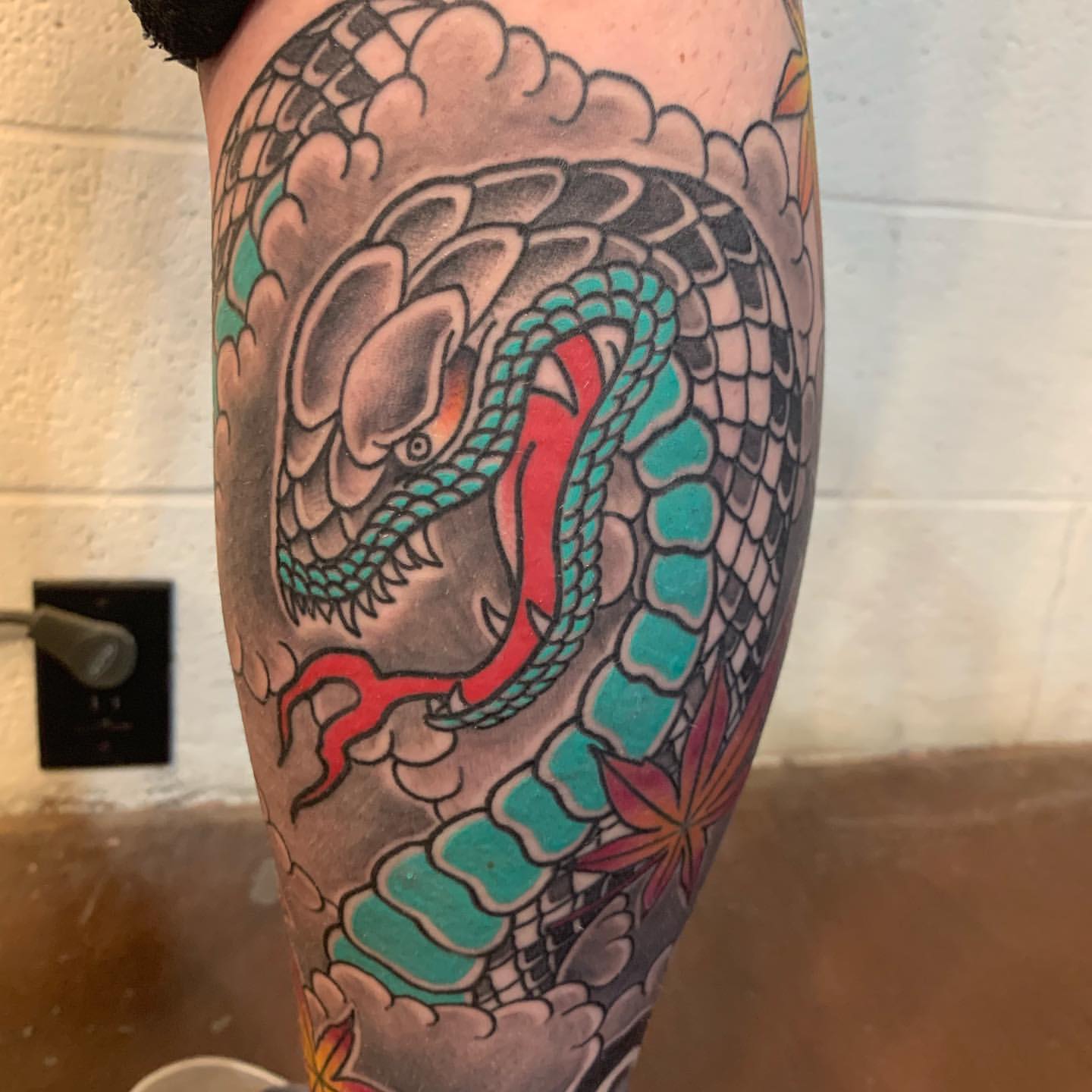

Shifting perceptions of tattoos within Japanese society
Despite the historical significance of tattoos in Japan, there was a time when they faced social ostracism. During the Edo period (1603-1868), tattoos became associated with criminality, as they were used to mark criminals as a form of punishment. This association led to the perception of tattoos as taboo, and they were often associated with the Yakuza, Japan’s organized crime syndicates.
In recent years, however, attitudes towards tattoos in Japan have been evolving. While tattoos are still frowned upon in some conservative circles, there has been a growing acceptance and appreciation for this ancient art form. Many young Japanese people now view tattoos as a form of self-expression and embrace them as a way to showcase their individuality. This shift can be attributed to the increasing influence of Western culture and the global acceptance of tattoos as mainstream art.
Japanese Tattoo Techniques
Te-Bori: Hand Carving Technique
Te-Bori, meaning “hand carving,” is a traditional Japanese tattooing technique that dates back centuries. This meticulous technique involves using handheld needles to manually insert ink into the skin. Skilled tebori artists create intricate designs with precise shading and detailing, resulting in breathtakingly beautiful tattoos. Tebori tattoos are highly regarded for their craftsmanship and the level of skill required to execute them.
Modern tattoo techniques in Japan
While Te-Bori remains a revered and respected technique, modern tattooing methods have also gained popularity in Japan. Many tattoo artists now use electric tattoo machines similar to those used in the West, allowing for quicker and more efficient tattooing. These modern techniques offer more flexibility and allow for the creation of highly detailed and complex designs. However, there is still a strong reverence for traditional Te-Bori tattoos among tattoo enthusiasts in Japan.
Famous Japanese Tattoo Artists
Horiyoshi III
Horiyoshi III, born Yoshihito Nakano, is one of the most renowned and influential tebori tattoo artists in Japan. Known for his incredible skill and dedication to preserving traditional Japanese tattooing, Horiyoshi III has become an icon in the tattooing world. His work often incorporates traditional motifs and vibrant colors, creating awe-inspiring masterpieces that captivate the imagination.
Horimasa
Horimasa, also known as Masahiro Kashiwagi, is another highly respected tattoo artist in Japan. His style combines elements of Te-Bori with modern techniques, resulting in a seamless fusion of old and new. Horimasa’s tattoos often feature bold lines, intricate patterns, and traditional motifs. His attention to detail and artistic vision have earned him a dedicated following both in Japan and internationally.
Horitomo
Horitomo, or Kazuaki Kitamura, is known for his specialization in traditional Japanese-style cat tattoos, known as “Nekofu.” Combining his love for cats and tattoo art, Horitomo has gained recognition for his unique and whimsical designs. His tattoos capture the grace, elegance, and mystique of cats in traditional Japanese art, creating a harmonious blend of two beloved art forms.
Iconic Japanese Tattoo Motifs
Koi fish: Symbolism and meanings
The koi fish is a popular motif in Japanese tattoos due to its deep symbolism and cultural significance. Representing perseverance, determination, and strength, the koi fish is often depicted swimming against strong currents or leaping up waterfalls. These tattoos symbolize overcoming adversity, personal growth, and embracing life’s challenges with resilience.
Cherry Blossoms: Symbolism and meanings
Cherry blossoms, or sakura, hold immense cultural significance in Japan. These fragile and transient flowers symbolize the ephemeral nature of life, beauty, and the fleeting moments of joy. Cherry blossom tattoos are often associated with the concept of mono no aware, which celebrates the bittersweet beauty of impermanence.
Dragons: Symbolism and meanings
In Japanese mythology, dragons are revered as powerful and benevolent creatures. Dragon tattoos symbolize wisdom, strength, and protection. They are frequently depicted in vibrant colors, coiling around the body or soaring through the air. These mythical creatures serve as guardians and bring good luck to those who wear their image.
Tigers: Symbolism and meanings
Tigers have long been associated with courage, strength, and ferocity in Japanese culture. Tiger tattoos represent bravery, power, and the indomitable spirit. In traditional Japanese art, tigers are often depicted in dynamic and energetic poses, symbolizing an unwavering resolve and the ability to overcome obstacles.
Understanding Japanese Tattoo Themes
Heroic tales and folklore in tattoos
Japanese tattoos often draw inspiration from heroic tales and folklore, reflecting the country’s rich history and mythology. Tattoos featuring legendary samurais, mythical creatures, or characters from classic literature are popular among those who seek to embody the strength, honor, and heroic qualities of these legendary figures.
Nature motifs in tattoos
Nature holds a special place in Japanese culture, and it is often incorporated into tattoo designs. Tattoos featuring serene landscapes, blooming cherry blossoms, cascading waterfalls, or majestic mountains celebrate the beauty of the natural world. These tattoos evoke a sense of tranquility, harmony, and an appreciation for the ever-changing seasons.
Religious symbolism in tattoos
Religion has played a significant role in Japanese society, and tattoos featuring religious symbolism reflect this influence. Buddhist deities, such as Kannon or Fudo Myo-o, are often depicted in tattoos as symbols of protection, enlightenment, or spiritual guidance. These tattoos serve as a reminder of one’s faith and a connection to the divine.
Japanese Tattoo Placement
Common locations for Japanese tattoos
Japanese tattoos can be found on various parts of the body, each with its own symbolic meaning. Full back tattoos, known as “irezumi,” are a popular choice among those seeking a large-scale representation of Japanese art. Other common placements include the arms, sleeves, thighs, and chest. The placement of a tattoo can be influenced by personal preferences and the desired impact of the design.
Significance of tattoo placement
In traditional Japanese tattooing, different body parts hold different levels of significance. For example, tattoos on the back are believed to offer protection, while tattoos on the chest represent inner strength and resilience. The placement of a tattoo can also be influenced by practical considerations, such as visibility or the ability to easily hide the tattoo if desired.
Understanding full-body tattoos
Full-body tattoos, also known as irezumi, are an intricate and time-consuming process that covers the entire body with elaborate designs. In Japanese culture, full-body tattoos traditionally symbolized status, belonging to the yakuza or portraying a connection to the criminal underworld. However, modern interpretations of irezumi focus more on artistic expression and personal meaning.
Caring for Your Japanese Tattoo
Initial tattoo aftercare
After getting a Japanese tattoo, proper aftercare is crucial for optimal healing and preservation of the artwork. The tattoo artist will provide specific instructions, but general aftercare practices include keeping the tattoo clean, avoiding sun exposure, and applying a recommended ointment or moisturizer. It’s essential to follow the artist’s advice and not pick at or scratch the tattoo during the healing process.
Long-term tattoo maintenance
To ensure the longevity of a Japanese tattoo, ongoing maintenance is necessary. This includes protecting the tattoo from excessive sun exposure, using sunscreen when necessary, and moisturizing regularly to prevent the tattoo from drying out. Additionally, it’s important to maintain a healthy lifestyle to keep the skin in good condition, as healthy skin is essential for preserving tattoo colors and details.
Tips for preserving color and detail
To preserve the vibrant colors and intricate details of a Japanese tattoo, certain precautions can be taken. Direct sunlight should be avoided as it can cause fading and discoloration. Applying a high-quality sunscreen with a high SPF value whenever the tattoo is exposed to sunlight can help protect it. Regular moisturization is also essential to keep the skin hydrated, which helps maintain the integrity of the tattoo.
Dealing with Stigmas Surrounding Japanese Tattoos
Public perception of tattoos in Japan
Despite the evolving attitudes towards tattoos, there is still a degree of social stigma attached to them in Japan. Many public establishments, such as hot springs, public baths, and gyms, have strict no-tattoo policies. Tattoos are often associated with criminality or gang affiliation, leading to discrimination and limited opportunities for those with visible tattoos.
Legal issues and restrictions around tattoos
In Japan, there are no specific laws against tattoos. However, some local governments and establishments have imposed restrictions on visible tattoos in public spaces. Additionally, certain professions, such as the police force and armed forces, may have regulations prohibiting visible tattoos. It’s important to be aware of these restrictions before getting a tattoo and consider the potential implications they may have.
Changing perceptions and breaking stigmas
Despite the existing stigma, there has been a growing movement to challenge the negative perceptions and stereotypes surrounding tattoos in Japan. Many tattoo artists and enthusiasts are actively working to promote understanding and appreciation for tattoos as a form of art and self-expression. Through art exhibitions, public demonstrations, and open conversations, the Japanese tattoo community aims to break down barriers and change societal attitudes towards tattoos.
Japanese Tattoo Ideas for Women
Popular designs and motifs
Japanese tattoos for women often incorporate delicate and feminine elements while still embracing traditional Japanese motifs. Popular designs include cherry blossoms, lotus flowers, butterflies, and geisha figures. These tattoos celebrate femininity and evoke beauty, grace, and elegance.
Placement recommendations
For women, Japanese tattoos can be beautifully placed on areas such as the back, shoulders, arms, ankles, or thighs. These placements allow for showcasing the intricacy and beauty of the design while still offering the option of concealing the tattoo if desired.
Incorporating femininity into Japanese tattoos
To incorporate femininity into Japanese tattoos, women often opt for softer color palettes, fine linework, and intricate detailing. The use of pastel hues or watercolor techniques can add a delicate and ethereal touch to the designs. Additionally, incorporating feminine symbols such as cherry blossoms, birds, or butterflies can enhance the overall feminine aesthetic.
Japanese Tattoo Ideas for Men
Popular designs and motifs
Japanese tattoos for men often embrace bold and strong imagery, reflecting masculine qualities and traditional Japanese motifs. Popular designs include fierce dragons, powerful samurai warriors, divine beasts, or mythical creatures like the phoenix or tiger. These tattoos exemplify strength, bravery, and honor.
Placement recommendations
When it comes to Japanese tattoos for men, popular placement areas often include the full back, chest, arms, or sleeves. These areas provide ample space for large and complex designs, allowing for the intricate details and symbolism to be fully realized.
Incorporating masculinity into Japanese tattoos
To incorporate masculinity into Japanese tattoos, men often opt for darker color palettes, bold lines, and impactful imagery. The use of strong contrasts and shading techniques can enhance the sense of depth and power within the designs. Embracing traditional Japanese motifs such as dragons or samurais can also add to the overall masculine appeal of the tattoos.
In conclusion, Japanese tattoos have a deep-rooted history and cultural significance. From their origins in ancient Japan to the modern-day interpretations, Japanese tattoos continue to captivate and inspire. With a variety of techniques, motifs, and placements to choose from, Japanese tattoos offer endless possibilities for self-expression and artistic exploration. As perceptions continue to shift and stigmas are challenged, the art of Japanese tattoos will undoubtedly thrive and evolve, continuing to leave a lasting impression for generations to come.


